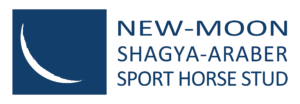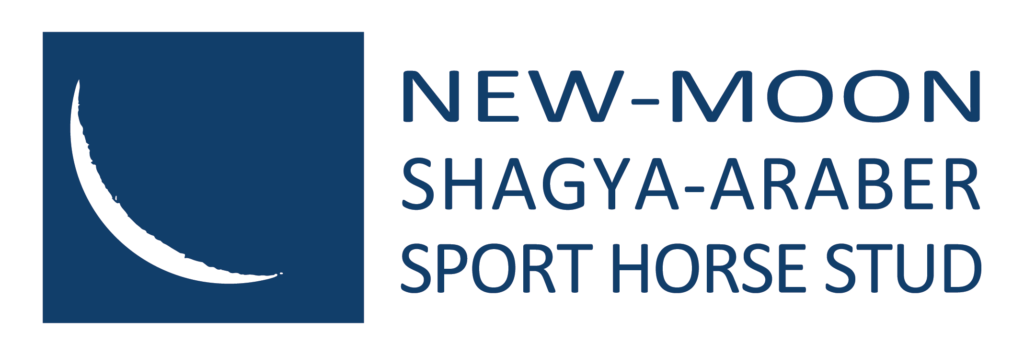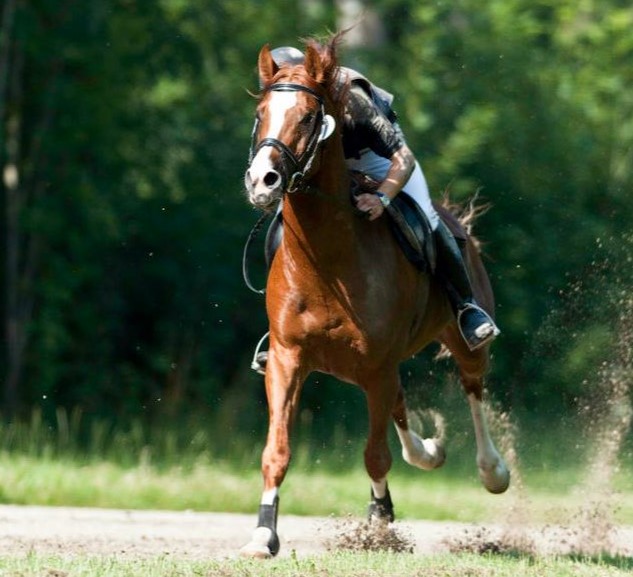The Breed in Action
Olympic equestrian sports are derived from military training and competition, and were once the realm of cavalry horses and soldiers. So it follows that today’s sport-horse breeds are derived from the centuries old selective breeding for cavalry.
Shagya-Araber stallions have been used in the development of many warmblood breeds, and have been used at well-known studs in Europe, including Trakehnen, Hannover, Janow-Podlaski, Holstein, Sweden, Switzerland, Belgium, Bavaria, Rhineland, Westphalia, Denmark, Kisber, Mezoheheyes, Radautz, Topolcianky and Kabijuk.
In the mid 1980’s, the Shagya-Araber stallion Amor was selected as an outcross stallion by the Lipizzaner stud at Piber to add refinement to the Lipizzaner breed.
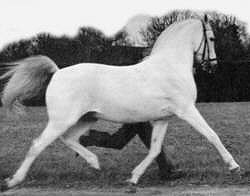
Shagya-Araber Lapis
In the US, one third of approved Trakehner stallions in the ATA 2007 Yearbook and Breeders Guide carry Shagya-Araber bloodlines within their first four generations. This is mainly through the Shagya-Araber Lapis, sire of Burnus and grandsire of Habicht.
In Europe, at least thirty Shagya-Araber stallions have passed the 100 day stallion test against warmbloods and all with more than 100 points. Five of these stallions (Basar, Ghazzir, Nasrallah, Puschkin and Shagal) have unlimited Trakehner breeding approval. Others (such as Olymp al samarra, whose semen is available in Australia) may be used with permission. The Shagya-Araber stallion Koyano won the 100 day stallion test in Germany in 1982.
The chief evaluator Dr Ramsauer of the 1996 Oldenburg N.A. Inspections pointed out the premium filly Allegra (half Shagya-Araber by Frohwind out of a Shagya mare Aifa) as an example of what the Oldenburg breeders should be striving to produce. The mare Amaja of the same cross was awarded Premium status at the 2006 Oldenburg Inspections.
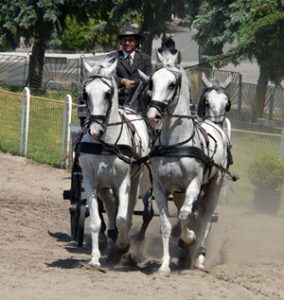
Breed Standard
The Shagya-Araber breed standard recommends a height of 15.1-16.1hh, with a canon not less than 18cm. The breeding goal is for an elegant, yet substantial Arab bred riding and carriage horse, with a kind temperament.
The Shagya-Araber should be beautiful and harmonious with an expressive head, a well formed neck, good topline, long croup, well-carried tail, and strong, dry, correct legs. Free, springy, elastic, ground covering, correct action in all three gaits is very important. The Shagya-Araber is commonly grey, but can also be bay, brown, chestnut and black.
Genetic Value
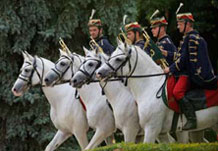 A warmblood crossed to a purebred Arabian can result in a noticeable loss of size and substance. It may take several generations to return to the desired height and conformation. A warmblood crossed to a Shagya-Araber, however, can achieve desired attributes in the next generation without compromising sport horse conformation and qualities. The Shagya-Araber was line-bred to be a calm steady mount under military stress and this is one of the most inheritable aspects the breed offers to any breeding program.
A warmblood crossed to a purebred Arabian can result in a noticeable loss of size and substance. It may take several generations to return to the desired height and conformation. A warmblood crossed to a Shagya-Araber, however, can achieve desired attributes in the next generation without compromising sport horse conformation and qualities. The Shagya-Araber was line-bred to be a calm steady mount under military stress and this is one of the most inheritable aspects the breed offers to any breeding program.
The famous stallion Ramzes
All Shagya-Araber breeding stock must be approved by judges licensed by the ISG. Stallions must complete an ISG approved performance test. These ongoing requirements are one of the strengths of the Shagya-Araber breed, and ensure consistent type and quality for breeders. There cannot be a ‘throw-back’ to a poorly conformed or undersized ancestor, or an unrideable stallion, if such horses are not used for breeding and are, therefore, not in the pedigree.
Historic pedigrees often incorrectly label Shagya-Araber blood as purebred Arabian (denoted by “ox” or “AV”), so that unless the horses are known, many owners and riders believe that their horse’s ancestors are Arabian when in fact, they are Shagya-Araber. The famous stallion Ramzes is often referred to as an Anglo-Arab, when in actual fact he is an Anglo-Shagya.
Only purebred Arabians can be approved as outcrosses into the breed, with a limit of no more than 9 Arabian ancestors out of 16 in the fourth generation allowed in the pedigree of a horse accepted as a purebred Shagya-Araber.
